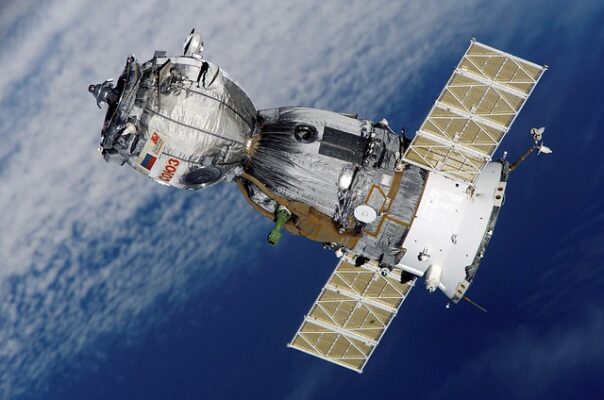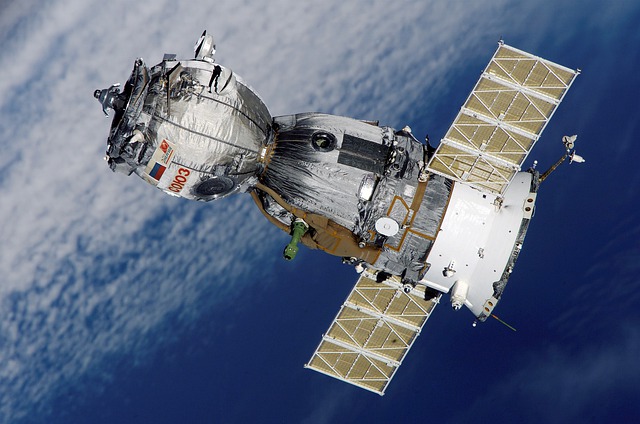Galileo is a major European project and serves to ensure independence from other countries. This civil satellite navigation and timing system, or GNSS for short , is operated and financed by the European Union. The cooperation between various European member states is intended to serve as an alternative to the prevailing GPS system and is available to everyone worldwide, free of charge, for navigation in the car or with a smartphone. An earlier launch was initially planned for the EU project together with the space agency ESA and the responsible space companies, but this was delayed due to technical problems. This EU project in collaboration with ESA also finds additional support from other countries outside Europe and the European Union. In addition to the Galileo service, there are other alternatives to GPS, for example Glonass.
Compared to the US satellite navigation system GPS, Galileo is a civil GNSS system and is therefore crisis-proof, and it is also said to be more accurate than GPS.
Use of satellite navigation
In addition to improved accuracy compared to GPS, Galileo also offers additional services for various target groups to use based on the Galileo system. This means that private individuals, authorities and emergency services can benefit from the operation. The areas of application and functions of Galileo are diverse; they can basically be divided into four categories.
Commercial Service
Commercial use in the centimeter range, especially for companies, is promised by the paid Commercial Service , now “High Accuracy Service”, which offers more precise positioning for business applications, for example logistics companies or agricultural operations.
Open Service
Galileo ‘s Open Service uses the free signal, which is freely accessible and available to everyone. The transmission takes place on two frequencies and thus enables precise positioning to within a few meters. The application requires chipsets that are compatible with Galileo. These are installed in the navigation system or smartphones and enable location, timing and navigation. Galileo offers users improved time synchronization through more robust synchronization, particularly beneficial for networks in banks and around the financial sector, ensuring more efficient functionality.
Public Regulated Service
Security-relevant applications in particular benefit from the benefits of the Public Regulated Service , or PRS for short, which sends signals exclusively in encrypted form . A service developed for public authorities, such as emergency services, police and customs.
Search and Rescue Service
With the help of the Search and Rescue Service , or SAR for short, emergency calls can be transmitted and received quickly. Anyone who sends an emergency signal via Galileo can be found in a very short time and rescued in an emergency. Vehicle models equipped with this system benefit from improved navigation and the use of eCall. In the event of an accident, this system automatically alerts the emergency services and sends all important data to the rescue line.
Accuracy of Galileo

Galileo not only represents competition to existing navigation systems, it also complements the existing GPS and GLONASS systems . The European Galileo system is therefore compatible and, in combination with existing systems, offers greater accuracy and reliability because it is under civilian control. In the future, the user will be able to benefit from a combination of all available signals and receive extremely precise real-time location .
The Galileo satellites were developed at the beginning of the new millennium by the company Galileo Industries, which was founded specifically for this endeavor. The production is carried out by the OHB company based in Germany. The most important European space companies are the main shareholders of the company Galileo Industries. Each Galileo satellite has the same equipment on board, the transmission unit, a signal generation unit and high-precision clocks. Each Galileo satellite has four atomic clocks for precise time measurement, two hydrogen maser clocks and two rubidium clocks, the maser clock provides the on-board time and the other serves as a backup. The heart of any modern navigation is the clock, as precise time information is relevant for precise navigation. Atomic clocks use the transition of atoms within different energy levels as a time basis. The resulting oscillation results in a specific and very precise frequency, which is determined via the energy released by the atom and passed on to the meter. The maser clocks within the Galileo satellites work with hydrogen atoms, which work so precisely that the clocks have a maximum deviation of one second in three million years. The clocks installed are maintenance-free and work under space conditions for at least 15 years. The general structure was adapted to the multiple launch adapter of the launch vehicle, so it is possible to transport eight satellites into orbit from the ESA spaceport with a Soyuz rocket in the correct constellation.
The combination of these technical marvels within the Galileo satellite navigation system guarantees exact positioning with precise time information.
Satellites
The basic constellation of the Galileo satellite navigation system is based on 30 satellites, which orbit the earth at an altitude of approximately 23,000 km at a speed of 3.6 km/s. A network of 6 global ground stations controls the signal from the satellites within the Galileo system. 27 of these satellites are currently in operation, the other three are operational additional satellites. Reception devices such as a smartphone or the navigation system in the car can receive the signals from the satellites and thus determine their own position with high accuracy. Other compatible navigation services can also receive and evaluate the radio signals from Galileo satellites. The elements of the system installed worldwide are largely installed on soils in Europe , specifically in French Guiana . The signal within the Galileo satellite navigation system is sent over a total of three frequencies, which offers the user particular accuracy, more precise than the well-known GPS system. However, several frequencies provide breeding ground for possible interference; intentional interference cannot be ruled out; in the future, two of the three frequencies will be used jointly by GPS and Galileo to ensure better positioning for each service . The aim of the project is an independent infrastructure for the whole of Europe . The joint project between the EU and the European Space Agency went into operation in November 2016. All 30 models are to be put into orbit by the end of 2022, thus completing the planned system. The civilian supervision in particular is a unique selling point compared to the systems from Russia, America or China, which are exclusively controlled by the military.



